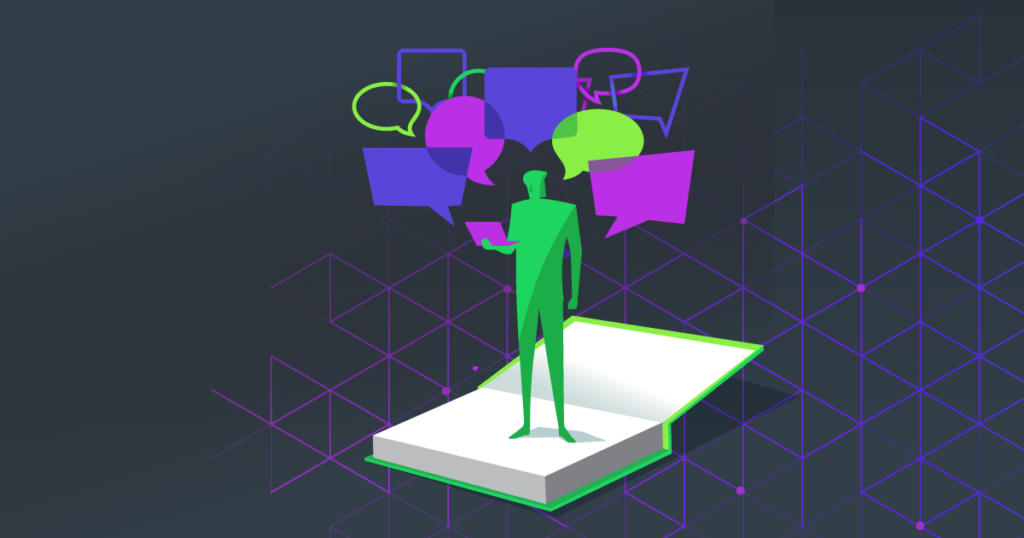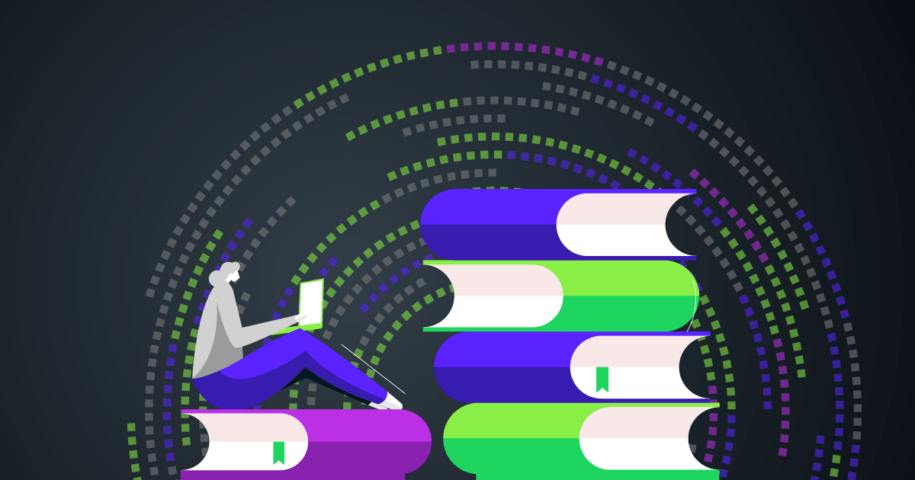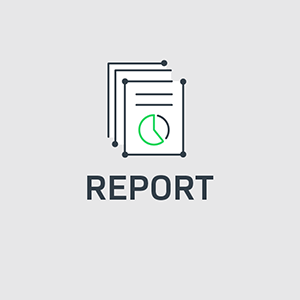As technology companies grapple with rising costs and increased pressure to drive profitability, it’s worth reviewing core software licensing basics to ensure your processes are primed for success.
A good way to think about licensing is to view it like plumbing.
- It’s used to enable certain functionality within a system.
- It has to be planned out in detail and properly installed.
- When it’s working, you barely even have to think about it.
- When it’s not working, people get angry. Quickly.
So how can you craft your software monetization strategy in a way that protects revenue while avoiding as much customer distress as possible?
Software Licensing 101
Get in the Customer’s Shoes
The first step is to know your customers and how they use your software today. People get used to the way things are, and changes cause disruption. Being easy to do business with is critical, and licensing should never get in the way of that goal. Getting more revenue per-copy of sold software won’t help if it the net number of sales takes a big hit.
Also, keep in mind the entire business and how various streams of revenue interact. Greater enforcement of compliance is typically one way to improve revenue, but if there are tangential revenue streams to the primary software, those can be impacted negatively if overall user numbers go down.
For example, if a photo editing program had an optional pay-per-use AI touchup service, increasing the enforcement of licensing of the main program could negatively impact revenue generated from the add-on, creating a serious headache as you navigate how to monetize AI.

The best plan is one that can help make underpaying customers get in compliance without sending them away. This is easier said than done and requires analysis of how your customers use your products, and the preferred user experience. As such, it’s advisable to call in expert help. Just like it’s best to hire a plumber when modifying the plumbing in your house, working with software monetization professionals can help make sure the overall solution works for you and your customers.
Measure Twice, Cut Once
Second, think about how you want to monetize your software, or how you want to change how it’s currently monetized. How will it affect existing customers, and how will it affect potential new customers? If you have a software business, then it needs to bring in revenue and make a profit. Think about how your customers get value from the software and consider how scaling value for the customer can tie to scaling revenue for you. This should help guide you to a proper metric to use.
Metrics and licensing approaches are interrelated such that changing one typically requires reassessment of the other. The chosen metric should be simple, fair, scalable, and measurable.
When evaluating metrics, bear these software licensing basics in mind:
- Deployed software typically correlates to the number of simultaneous users allowed, or something correlated to produced output.
- Moving to SaaS typically requires a named user model, where each user provides credentials to gain access to the software and the overall cost is the number of allowed users.
- Cloud computing can be measured in capacity metrics such as CPU cycles, bandwidth, or session length. Since cloud computing costs the software producer money, cost to the user should not be tied to output or success cases. When the user is experimenting, or learning the system, there is cost for the producer and there needs to be a way to cover that cost.
You may be interested in:
How to License Software in a Hybrid World
Are You Using That Right Now?
Third, think about how access to the software should be handled when sold to more than a single user. Simple floating seat-based licenses provide an easily understood licensing approach; it’s like a book, one person can use it at a time and trade it to someone else when they are done.
Historically, companies that offer both concurrent and node-locked licenses have priced the concurrent licenses higher because the software usage model is more generous for concurrent licenses. Therefore, when moving from single-seat to floating, a per-seat cost increase is justified, and when moving to a more restrictive model, the per-seat price is often lower than it used to be.

When moving from hardware keys to a different model, some companies will avoid doing a lower priced node-locked model and instead formalize the observed behavior of moving the key around the office, offering a concurrent option at a relatively similar price point. This preserves the per-seat revenue and provides customers with a user experience that mimics what they are used to while keeping them in compliance.
Offering this style of concurrent option requires a software licensing solution that can control the license usage to precisely what is entitled for that customer. A commercial license server technology is recommended to ensure smooth functionality and reduce time-to-market for this type of model.
Monetization Over Time
When it comes to pricing, one of the key elements is the duration of the software license. Historically software was sold perpetually like hardware, and so the software was viewed as an up-front capital expense. Most of the software these days is sold with some form of time-limited model, either as a subscription, or Software-as-a-Service (SaaS).
Moving from perpetual to time-limited licenses means the initial onboarding cost for the software is much lower and often becomes an operational expense for the customer, enabling a ‘pay as you grow’ model. Some customers will still want to have perpetual access, so producers will tie maintenance (updates) and support to a subscription model.

While providing short-term access to the software yields less immediate revenue, typically this model is very beneficial to the software producer and the customer in several ways.
First, it’s easier to sell the software to customers at a lower initial price point. Secondly, while in the long run the cumulative revenue for software is larger for the producer, the customer typically has access to the latest releases and newest features.
Additionally, once a customer is using the software there is less incentive to move to a competitor because they would face much larger costs to transition than to maintain the status quo.
Back to Software Licensing Basics
As the variety of software licensing models continues to expand and evolve, it’s crucial to have a firm grasp on the fundamentals before exploring more advanced strategies, such as outcome or value-based monetization or researching how to sell software with pay-as-you-go pricing.
Much in the same way that faulty plumbing leads to leaks, inefficient licensing can disrupt the customer experience and cause revenue leakage that drains your bottom line.
Once you’ve addressed the software licensing basics outlined above, you’ll be in a better position to ensure everything flows smoothly with happy users and healthy returns.
If you need a flexible software licensing service that scales as your business grows and is capable of supporting hybrid deployments with the widest range of monetization models, please contact our expert monetization team.




